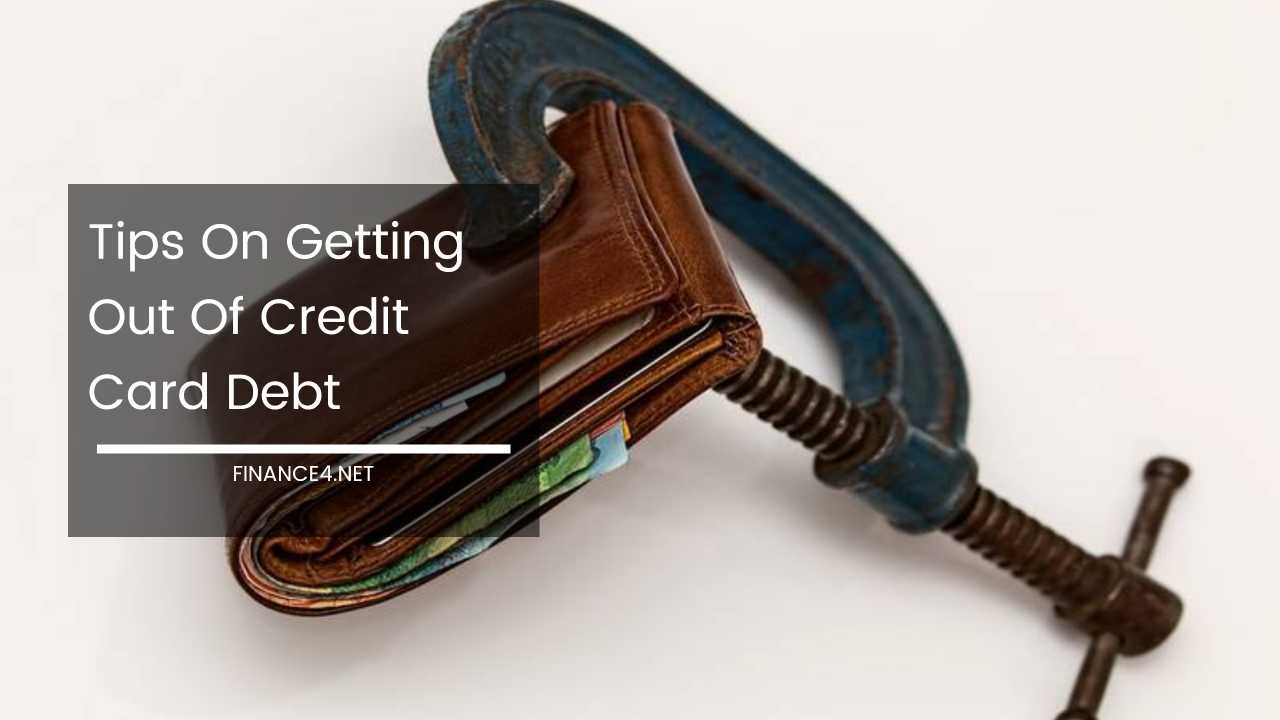Goodbye Credit Card Debt: Strategies for Financial Freedom

Conquering the Plastic Monster: A Comprehensive Guide to Crushing Credit Card Debt
Credit cards are double-edged swords. They offer undeniable convenience for everyday purchases and can even build your credit score with responsible use.
However, they can also snowball into a significant burden if not managed effectively. If you’re one of the millions grappling with credit card debt, don’t despair.
This guide equips you with powerful strategies to crush your debt and achieve financial freedom.
Unearthing the Debt: Knowledge is Power
Before diving headfirst into strategies, take a deep breath and gather your credit card statements. List down every card, its outstanding balance, interest rate, minimum payment due date, and any late fees. This comprehensive picture empowers you to craft a targeted repayment plan.
Choosing Your Weapon: Picking the Right Debt Repayment Strategy
There are two main approaches to tackling debt, each with its own advantages:
-
Avalanche Method: This strategy prioritizes paying off the card with the highest interest rate first, regardless of balance. While the initial payments might feel high, this method saves you money on interest charges in the long run.
-
Snowball Method: This method focuses on paying off the card with the smallest balance first. Seeing a card paid off completely can be a huge motivator and provide a psychological boost, keeping you engaged in the debt repayment process.
Choose the method that best suits your temperament and financial goals. Consider the immediate gratification of the snowball method if you need motivation, or opt for the long-term cost savings of the avalanche method if you have the discipline.
Slaying the Spending Monster: Cutting Back and Finding More
Paying down debt requires a two-pronged attack: increasing your income and decreasing your expenses. Here’s how to tackle both fronts:
Curbing Expenses: Scrutinize your budget with a critical eye. Identify areas where you can cut back. Here are some ideas:
- Unsubscribe from unused subscriptions. Streaming services, gym memberships, and online services can quietly drain your wallet.
- Embrace the brown-bag lunch. Eating out daily can be a significant expense. Pack your lunch a few times a week to save money.
- Renegotiate bills. Call your cable or internet provider and see if you can negotiate a better rate.
- Embrace frugality. Explore free entertainment options like visiting libraries, parks, or museums. Consider borrowing books or movies instead of buying them.
Boosting Your Income Streams: Explore ways to increase your income and free up resources for debt repayment. Here are some ideas:
- Freelance work. Share your skills online by offering freelance writing, editing, graphic design, or programming services.
- Side hustle. Consider a part-time job, tutoring, dog walking, or participating in the gig economy.
- Sell unused items. Declutter your home and sell unwanted items online or at a garage sale.
The Power of “More Than Minimum” Payments:
The minimum payment is just that – the minimum amount required to keep your account in good standing.
However, it barely makes a dent in the principal balance and allows interest charges to accumulate. Focus on paying more than the minimum whenever possible. Even a small increase can significantly shorten your repayment timeline and save you money on interest.
Negotiating Like a Pro: Lowering Your Interest Rate
Don’t be afraid to call your credit card issuer and explain your situation. They might be willing to lower your interest rate, especially if you have a history of on-time payments. A lower interest rate frees up more money for paying down the principal.
Exploring Debt Consolidation: A Potential Simplification
Debt consolidation involves taking out a single loan to cover your existing credit card debt. This can simplify your repayment process and potentially secure a lower interest rate. However, carefully evaluate the terms of the consolidation loan to ensure it’s truly beneficial. Here are some factors to consider:
- Interest Rate: Make sure the consolidation loan offers a lower interest rate than your existing credit cards.
- Loan Term: A longer loan term might offer lower monthly payments but means you’ll pay more interest in the long run.
- Fees: Be aware of any origination fees or prepayment penalties associated with the consolidation loan.
Seeking Professional Help (When Needed):
If you’re overwhelmed by debt and struggling to create a plan, consider seeking professional help from a credit counselor or financial advisor.
They can provide personalized guidance and explore options like debt management plans or bankruptcy (as a last resort). Here’s how these options can help:
- Credit Counselor: A credit counselor can review your financial situation, develop a debt repayment plan, and negotiate with your creditors on your behalf.
- Debt Management Plan: A debt management plan involves working with a credit counseling agency to consolidate your debts into a single payment with a lower interest rate. This can simplify your repayment process and make it more manageable.
- Bankruptcy: Bankruptcy should be considered a last resort due to its long-term impact on your credit score. However, it can provide a fresh start for those facing overwhelming debt.
The Power of Automation: Setting Yourself Up for Success
Set up automatic transfers from your checking account to your credit card each month. This ensures you never miss a payment and helps you stay on track with your debt repayment goals.
Many banks and credit card companies allow you to schedule automatic payments directly through their online platforms.
Celebrating Milestones, Big and Small: Building Momentum
Acknowledge your progress! Every milestone, however small, deserves a celebration, even if it’s just a mental pat on the back.
Paying off a single card, reaching a specific repayment goal, or simply sticking to your budget for a month are all victories. Celebrating keeps you motivated and reminds you of how far you’ve come.
Building a Brighter Financial Future: Beyond Debt Repayment
Getting out of debt is a marathon, not a sprint. There will be setbacks along the way, but stay focused on your long-term goals.
Utilize the tips above, adopt healthy financial habits, and watch your credit card debt become a distant memory. Here are some additional steps to build a secure financial future:
- Creating an Emergency Fund: Aim for 3-6 months’ worth of living expenses to cover unexpected costs and prevent you from relying on credit cards again. Start small and gradually build your emergency fund over time.
- Building a Budget and Tracking Expenses: Creating and sticking to a budget is crucial for managing your finances effectively. Track your income and expenses to identify areas where you can adjust your spending habits. Several budgeting apps and online tools can help you with this.
- Saving for Retirement: Even while paying off debt, prioritize saving for retirement. Start by contributing to your employer-sponsored retirement plan, if available, and consider opening an Individual Retirement Account (IRA).
Bonus Tip: Guarding Against Future Debt
Once you’ve conquered credit card debt, it’s important to develop strategies to prevent it from accumulating again. Here are some tips:
- Use credit cards responsibly: Only use credit cards for purchases you can afford to pay off in full each month. Avoid impulse purchases and track your credit card spending diligently.
- Consider a secured credit card: Secured credit cards require a security deposit that serves as your credit limit. This can be a good option to rebuild your credit score after dealing with debt.
- Beware of lifestyle inflation: As your income increases, resist the urge to significantly increase your spending. Allocate a portion of your income raise towards debt repayment, savings, or future goals.
By implementing these strategies and maintaining financial discipline, you can break free from the shackles of credit card debt and pave the way for a more secure and prosperous financial future.
Remember, the journey to financial freedom requires commitment and perseverance, but the rewards are well worth the effort.



